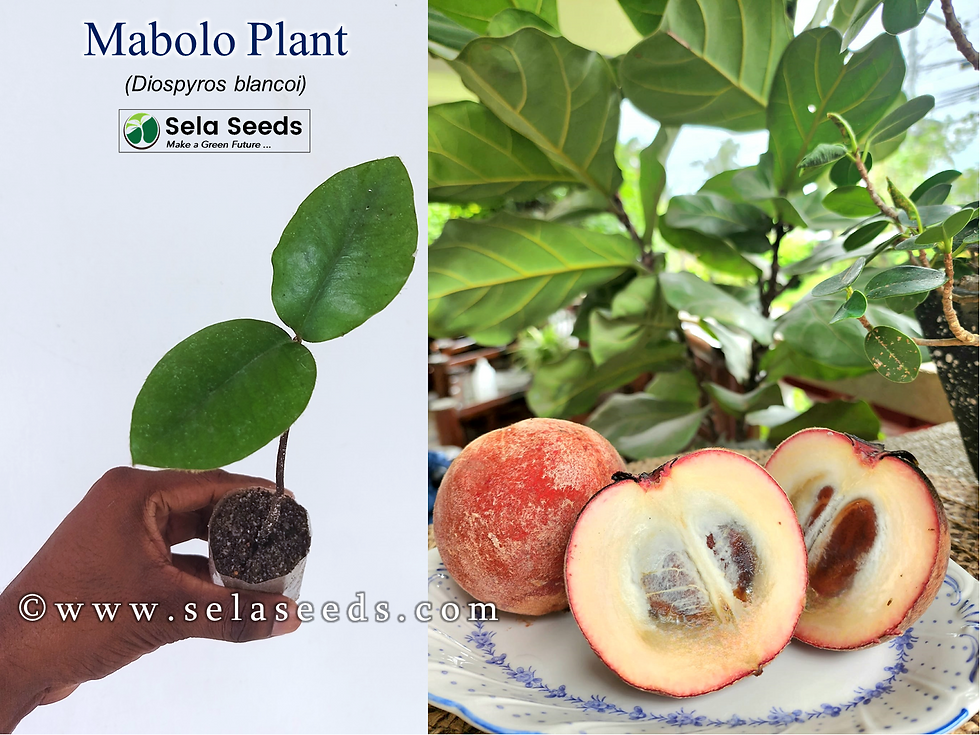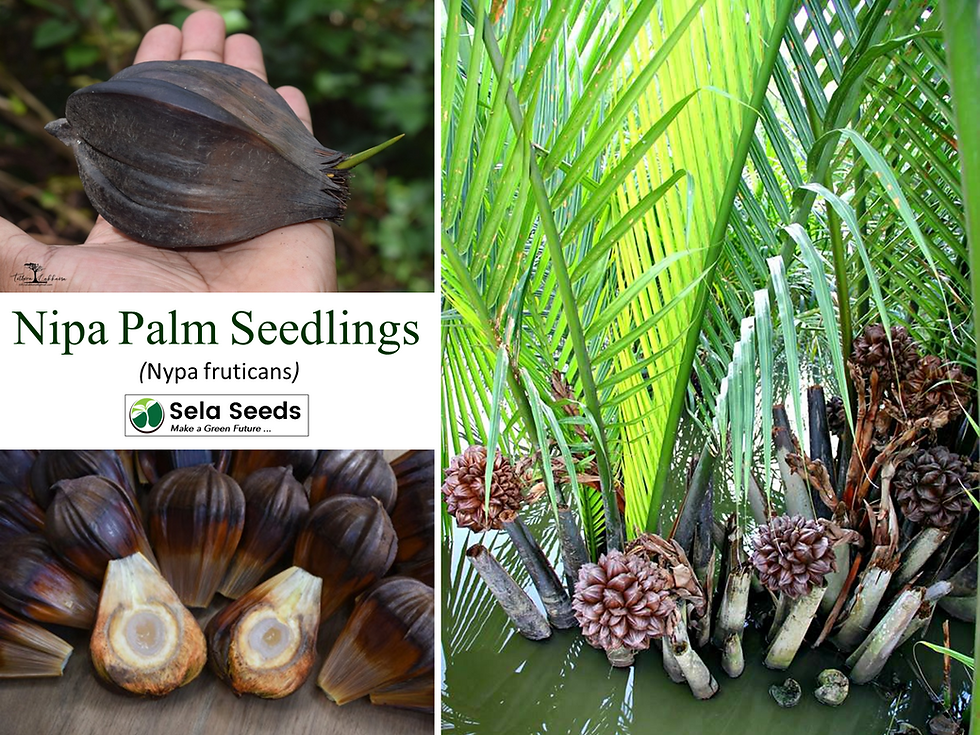Pandanus Plant (Pandanus tectorius)
Common Names :thatch screwpine, Tahitian screwpine, hala tree
Plant Size : 6"- 8" Size
An indigenous tropical evergreen tree growing up to 30 feet tall. A terminal rosette of sword-shaped leaves (lau hala) sits atop an erect trunk, often supported by prop roots. The green leaves are 2 inches by 2 feet, have toothed margins, and a prominent midrib (some cultivars are thornless). The spirally arranged leaves wind up the tree resulting in an appearance reminiscent of a screw, hence the English common name ‘screw pine.’ Branches grow off the main trunk at wide angles. Prop roots and branching increases with age. Trees live up to 60 years.
A dioecious tree, male and female plants are distinctly different. Male tree inflorescence (hīnano) are highly fragrant, consist of stamens, and are heavy pollen producers. Male hala trees should be more popular to cultivate due to their heady scent, striking floral displays, and lack of fruit drop. Throughout Oceania, male flowers are associated with sexuality, and the pollen is considered an aphrodisiac. Flowering occurs 1 to 3 times a year. Female trees are popular for their segmented pineapple-like fruit.
Hala was thought to be a nonnative Polynesian introduction until a landslide in Kaua’i revealed a fossil with a hala fruit impression. Dating suggested the fossil was at least 1.2 million years old; therefore, hala arrived without humans’ help, 1 million years before the second introduction by Polynesian settlers. It was finely woven hala sails that enabled the exploration and colonization of many Pacific Islands. Lauhala remains the most popular natural fiber in Oceania.
Hala grows in coastal forests, mostly in monotypic stands, where most other species can’t survive. Besides salt spray and steep terrane preventing other species from surviving, lauhala doesn’t decompose well, resulting in the build-up of leaves that prevent other species from naturally germinating. Extensive hala forests were replaced with nonnative species such as ironwood (Casuarina equisetifolia) and tropical almond (Terminalia cattappa) to prevent erosion. Nowadays, it’s understood that hala is best for protecting our coastlines.
Hala is a perfect choice for areas with salt spray, sandy soils, and lots of wind. Its tropical palm-like appearance is an excellent addition to a cultivated landscape. Keep your tree protected from the wind in a formal landscape setting. The tree is self-pruning, a good or bad characteristic. Leaves and fruit are dropped continuously, resulting in a messy looking ground. Rats and pests are attracted to the fruit and leaves. Keeping them trimmed and clean will reduce pest populations.
Germination is done by seed. It takes ten years from seed to flower and fruit. Root suckers can be dug out for new trees. The best and fastest way to get a large hala is to take a branch cutting. In Hawai’i, hala grows up to 2,000 feet in elevation.
Hala is highly useful. Lei material, specimen tree, shade, protection from unwanted visitors (thorns on leaves), mats, hats, bracelets, baskets, dye from roots, food are just some of the uses.
Plant Uses:
Cultural significance
Edible
Fragrant
Lei flower
Medicinal
Ornamental
Privacy / screening
Specimen
top of page
35,00$ Standardpreis
31,50$Sale-Preis
Nur noch 9 verfügbar
Ähnliche Produkte
bottom of page

































